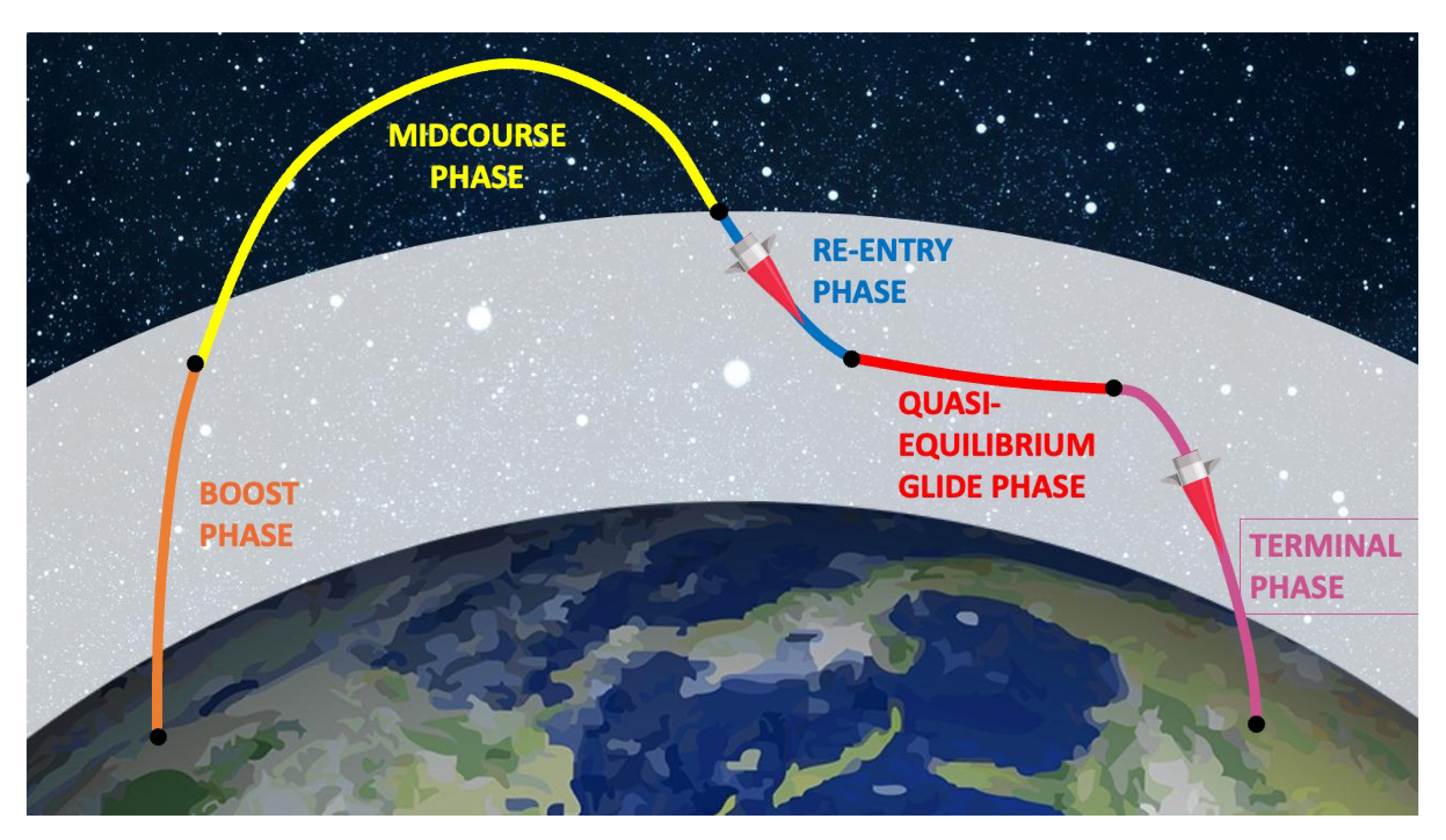SOURCE: RAUNAK KUNDE / NEWS BEAT / IDRW.ORG

The Indian Air Force (IAF) has taken a significant step towards enhancing its capabilities with the issuance of an Expression of Interest (EOI) for the Indigenous Design, Development, and Manufacturing of a Collaborative Long Range Target Saturation/Destruction System. This innovative initiative aims to leverage the potential of swarm drones to achieve mass and numerical superiority in missions targeting enemy airfields, air defence (AD) systems, and radars.
The envisioned swarm drone system comprises multiple drones equipped to operate effectively in dense electronic warfare (EW) environments. These drones are designed with autonomy in navigation, target selection, and evasion, enabling them to undertake missions at long ranges exceeding 1000 kilometres from the launch base.
Key parameters and objectives for the Collaborative Long Range Target Saturation/Destruction System include:
(a) Autonomous Swarm Operation: The system must consist of multiple drones capable of autonomous operations in dense EW environments, demonstrating advanced navigation, target selection, and evasion capabilities.
(b) Long-Range Missions: Drones are required to execute missions at extended ranges beyond 1000 kilometres from their launch base.
(c) Comprehensive Disruption: The system should possess the capability to disrupt enemy airfield systems comprehensively. This disruption extends to runway structures, aircraft shelters, fuel storage facilities, antenna structures, power control systems, and more.
(d) Warhead and Sensor Configuration: The swarm should comprise at least 80% of drones equipped with various warheads, navigation systems, and avoidance mechanisms. The remaining 20% of members should provide distributed intelligence with sensor capabilities, including Digital Scene Matching Area Correlator (DSMAC), data link capabilities, and more.
(e) Regrouping and Targeting: The system should demonstrate the capability for long-range regrouping, selected targeting, and shared intelligence for target selection.
(f) Innovative Launch Techniques: The swarm should employ innovative launch techniques, including launches from multiple locations or a single location.
(g) Novel Attack Profiles: The attack profiles should incorporate novel strategies to maximize attrition, such as a high-speed top attack, spiral loiter, shelter entry, electrical grid disruption, and more.
The development of this Collaborative Long Range Target Saturation/Destruction System is aimed at achieving a lower cost per launch while ensuring airfield denial and saturation of AD systems. The IAF’s intent to collaborate with the indigenous defence production industry underscores India’s commitment to enhancing its national security infrastructure and promoting self-reliance in defence technology. This initiative aligns with India’s broader vision of becoming a self-sufficient and technologically advanced defence force.
NOTE : Article cannot be reproduced without written permission of idrw.org in any form even for YouTube Videos to avoid Copy right strikes